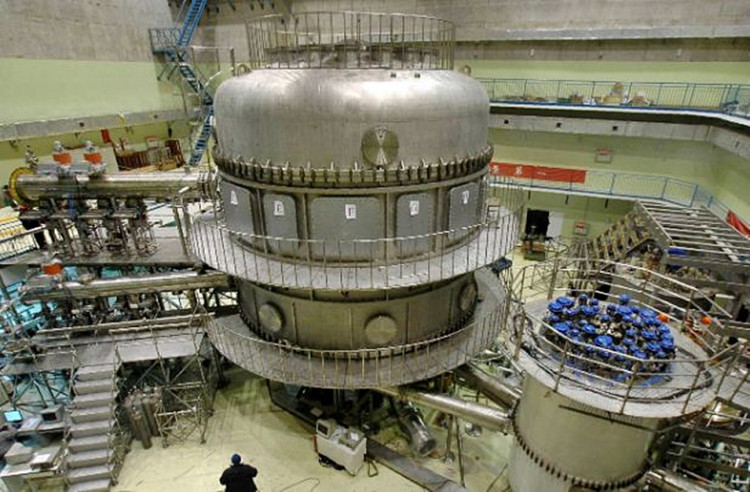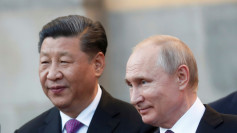China is still playing catch-up to the United States in the race to build and deploy the world's first commercially viable fusion generator that can produce limitless electricity by reproducing the same process used by the Sun to generate heat and light.
There is a race to deploy the world's first commercial fusion power plant. At the rate China is going, the country might be using fusion power in 50 years, said Chinese nuclear scientists. In contrast, U.S. scientists last March announced they're on the verge of a major breakthrough that will make fusion power a commercially viable source of cheap, green and safe power that will forever solve the world's hunger for energy.
Scientists from the Massachusetts Institute of Technology (MIT) and Commonwealth Fusion Systems (CFS), a former start-up based in Cambridge, said they've developed a new type of superconductor that can be used to produce small, powerful magnets, a key component in fusion reactors. The magnets create a magnetic field to hold the fusion reaction in place without the plasma touching anything solid, helping to solve the meltdown problem.
The study published in the journal Nature said this development might make fusion energy commercially viable is as little as 15 years from now or by 2033.
Nuclear fusion generates temperatures hotter than those at the core of the Sun. This means no known metal can contain a nuclear fusion reaction. The singular solution to this conundrum is to enclose the plasma produced from fusion inside a magnetic field. This means special magnets are needed to accomplish this seemingly impossible feat.
The electromagnets, however, demand tremendous amounts of power in order to generate a magnetic field. The new magnets created by MIT and CFS are smaller and require less energy. This means their system produces more energy than it consumes. This is the first time the goal of positive net energy from fusion has been achieved.
Once the new superconducting electromagnets are developed by researchers at MIT and CFS in three years, both institutions will design and build a compact and powerful fusion experiment using magnets called SPARC. The experiment will be used to conduct a final round of research to design the world's first commercial power-producing fusion plants.
SPARC is designed to generate 100 MW of heat. In pulses of about 10 seconds, SPARC will produce as much power as is used by a small city. This output will be over twice the power used to heat the plasma. In so doing, SPARC will achieve the ultimate technical milestone -- positive net energy from fusion.
Last week, however, Chinese scientists reportedly attained a milestone in China's to develop an indigenous fusion reactor. They said a nuclear fusion reactor at the Experimental Advanced Superconducting Tokamak (EAST) reactor in Hefei, capital of Anhui province had temporarily achieved a temperature exceeding 100 million degrees Celsius. EAST is also called "China's artificial sun."
This fantastic temperature is more than six times that found at the center of the Sun. It's also the hottest ever created on Earth. Some Chinese warned against reading too much into this achievement. They said it might still be some time before China can tap the energy produced by the fusion process.
One of these scientists, Zhang Tiankan, said achieving the 100 million degrees mark was just a milestone and that Chinese scientists still have a long way to go. In a published story, Zhang said one of the biggest hurdles to overcome will be finding a way to limit fusion reactions within a restricted space for an extended period.
Zhang said another will be to attain sufficiently high plasma density. Only when the density is high enough and the plasma temperature exceeds 100 million degrees can a sizeable number of particles with sufficient kinetic energy overcome the repulsion between the nuclei, allowing nuclear fusion reactions to take place.
Zhang also said to achieve sustained fusion energy, scientists will need to raise the temperature to hundreds of millions of degrees and lengthen the pulse to thousands of seconds.






